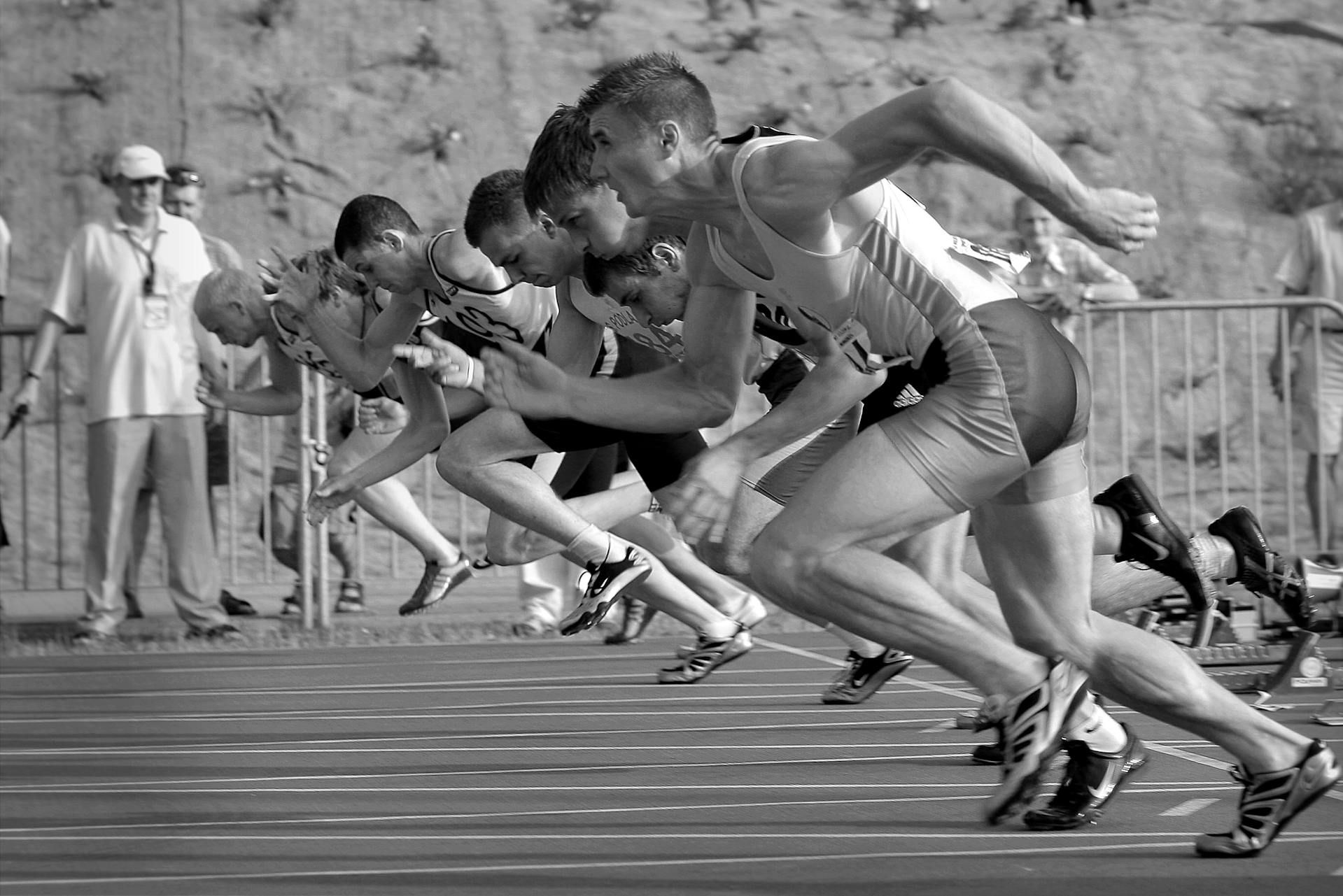In sports medicine, the ultimate goal is to get athletes healthy and back on the field. Advancements in regenerative sports medicine are improving assessments to determine RTP (return to play) with cutting-edge therapies that promote tissue repair, reduce pain, and enhance functional status (strength, power, coordination in recovering tissues).
Clinics, chiropractors, and physical therapists have keyed in on acoustic shockwave therapy and Class IV high-intensity laser therapy (HILT) as premier non-invasive solutions. Discover how these complementary technologies give athletes a more effective way to heal from injuries and avoid long recovery times.
What is regenerative medicine?
A growing number of athletic trainers, chiropractors, and physical therapists are embracing regenerative orthopedics and sports medicine. The broad umbrella of “regenerative sports medicine” actually includes a wide range of therapies that stimulate the body’s natural healing processes to repair damaged tissues, reduce inflammation, and enhance recovery times. Everything from embryonic stem cell therapy to injections of platelet-rich plasma (PRP) can be considered regenerative — but some of the most rapidly evolving areas involve the therapeutic applications of vibrations, acoustic waves, and photobiomodulation.
Today’s practitioners have begun using fast-acting, advanced treatments like Class IV high-intensity laser therapy and acoustic shockwave therapy to help patients recover faster from injuries that previously required prolonged downtime or surgery. These treatments can support healing of tendon injuries, joint issues, muscle strains, and relief from chronic pain. The demand for HILT and shockwave therapies is only rising as clinics seek a new standard of care — treatments that better serve athletes and active individuals who want fast, effective recovery options.
Acoustic shockwave therapy speeds up recovery
Another key player in regenerative sports medicine treatment is acoustic shockwave therapy. This non-invasive therapy uses high-energy acoustic waves to stimulate blood flow, break down scar tissue, and trigger the body’s repair mechanisms.
- Stimulates collagen production: Essential for healing tendons, ligaments, and muscles.
- Reduces scar tissue: Acoustic waves can’t destroy scar tissue, but they disrupt the tissue matrix and stimulate resorption through acoustic excitation. Any reduction in the scar tissue can restore mobility and reduce chronic pain from old injuries.
- Enhances circulation: Brings oxygen and nutrients to the injured area for faster recovery.
Athletic trainers and physical therapists are increasingly using shockwave therapy to treat tennis elbow, Achilles tendonitis, muscle strains, and stress fractures. Studies show that athletes recover faster and experience significant pain reduction after just a few treatments.
Class IV laser therapy relieves pain and protects from reinjury
Class IV high-intensity laser therapy (HILT) is transforming sports injury treatment with concentrated light. High-powered lasers are clinically proven to stimulate tissue regeneration and reduce inflammation. Unlike low-level lasers, HILT penetrates deeper into muscles and joints, which helps repair injuries at the cellular level while providing long-term pain relief.
- Pain relief without medication: HILT stimulates endorphins to reduce pain naturally.
- Accelerates healing: Increases ATP production to enhance tissue repair and blood flow.
- Prevents reinjury: Strengthens connective tissues, making them more resistant to future injuries.
HILT is gaining traction in sports rehab physical therapy because it helps injured athletes return to play quickly. The improved muscle integrity and joint stability of injuries treated with HILT also reduce the risk of re-injury. Research supports its effectiveness in treating conditions like knee injuries, shoulder pain, plantar fasciitis, and tendonitis.
Conditions treated with regenerative sports medicine
Many sports injuries that once required surgery or extended rehab are now being treated with Class IV laser therapy and shockwave therapy. These include:
- Tendon injuries like tennis elbow, rotator cuff tears, or Achilles tendonitis.
- Joint pain including (but not limited to) osteoarthritis in knees, ankles, and shoulders.
- Muscle strains such as hamstring pulls, calf injuries, and quad strains.
- Chronic conditions like plantar fasciitis, stress fractures, and ligament damage.
Chiropractors, physical therapists, and sports medicine clinics are all rapidly integrating regenerative medicine treatments to keep up with growing patient demand. Therapies for injuries and ailments like those listed above are not just for professional athletes — weekend warriors, active adults, and post-surgical patients all benefit from faster recovery times and better long-term outcomes.
The future of sports medicine is here
Demand for faster, more effective injury recovery solutions is still growing. Help athletes return to play stronger, healthier, and faster with cutting-edge regenerative sports medicine services.
An investment in HILT and acoustic shockwave therapy is a competitive edge. Clinics that expand revenue streams with additional cash-based services are attracting more patients and building a reputation as leaders in sports injury recovery. At the same time, they’re providing advanced rehab solutions that keep patients engaged while reducing the need for surgery or pain medications with non-invasive treatments.
If you’re interested in integrating these cutting-edge treatments into your practice, get in touch with Medray today. We’d love to show you how our Class IV laser and Medwave Softshock therapy devices can take your rehab services to the next level.
Medray Laser & Technology manufactures and distributes FDA-cleared medical devices designed to support circulation, tissue stimulation, and pain relief. Our products are intended for use by licensed healthcare professionals. While clinical research and practitioner experience support the use of laser and radial pressure wave (RPW) therapy in various applications, some uses described in this article may be considered off-label and are not explicitly cleared by the FDA. Patients should consult their healthcare provider to determine the best treatment for their individual needs. The information provided in this article is for educational purposes only and should not be considered medical advice or a substitute for consultation with a licensed medical professional.
